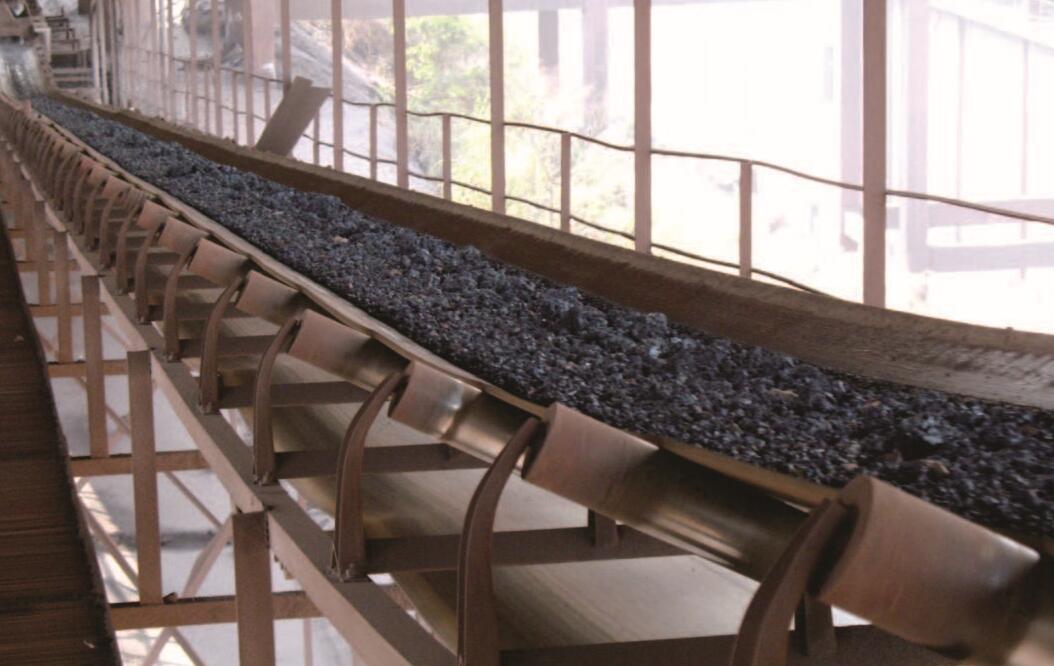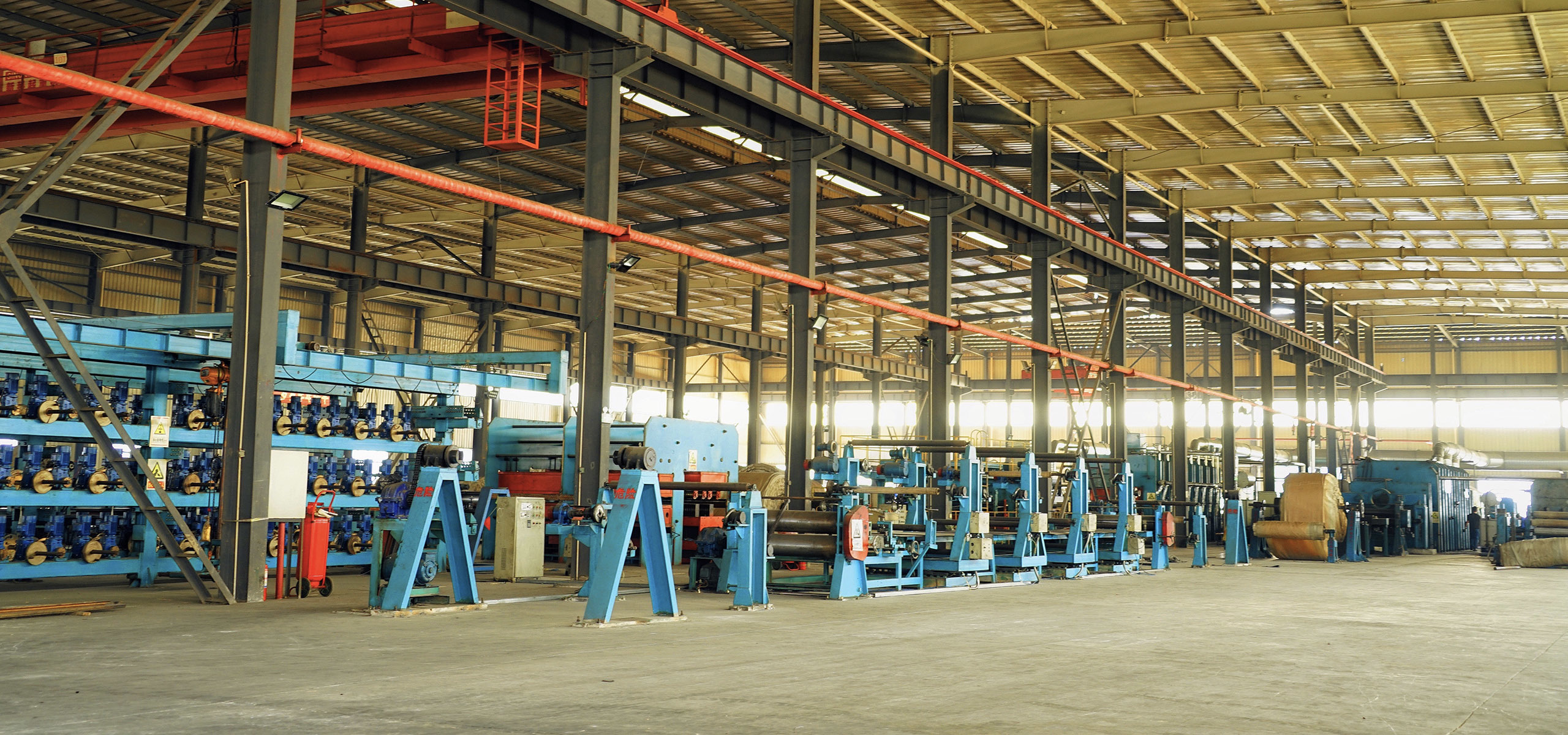02
2022
-
04
Little common sense of heat-resistant conveyor belt

Little common sense of heat-resistant conveyor belt
With the development of industry, conveyor belts are more and more widely used in life.
Heat-resistant conveyor belt, as the name implies, refers to a special conveyor belt used in high temperature environments. Vulcanized and bonded together, suitable for conveying hot coke, cement, slag and hot castings below 175°C.
Heat-resistant conveyor belts can also be divided into five types:
Type I: It can withstand the test temperature of not more than 100℃, and the maximum short-term operating temperature is 150℃, code T1.
Type II: The test temperature is not more than 125℃, the maximum short-term operating temperature is 170℃, code T2.
Type III: It can withstand the test temperature not more than 150℃, the maximum short-term operating temperature is 200℃, code T3.
Type IV: can withstand the test temperature not greater than 175℃, the highest short-term operating temperature is 250℃, code T4.
The characteristics of the heat-resistant conveyor belt are: the cover rubber produces a microporous carbonized layer when exposed to high temperature, which is resistant to burning and can prevent further heat transfer to the belt body, reducing the internal strength of the tape. During the operation of the belt body, the carbonized layer generates irregular fine cracks, which can make the belt body have a cooling effect.
Heat-resistant conveyor belts are mainly used in metallurgy, construction and other industries to transport high-temperature materials such as sinter, coke, and cement clinker.
next page:
previous page:







